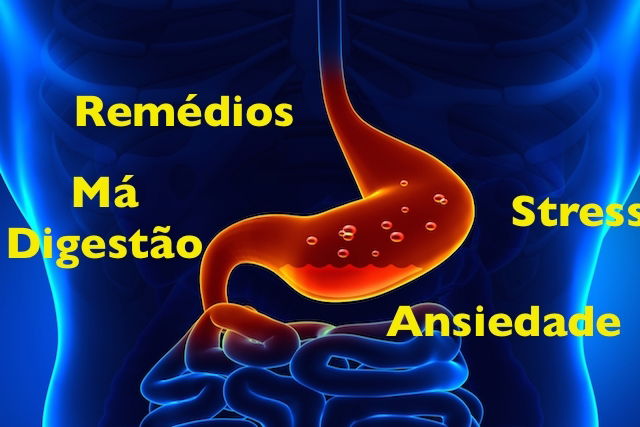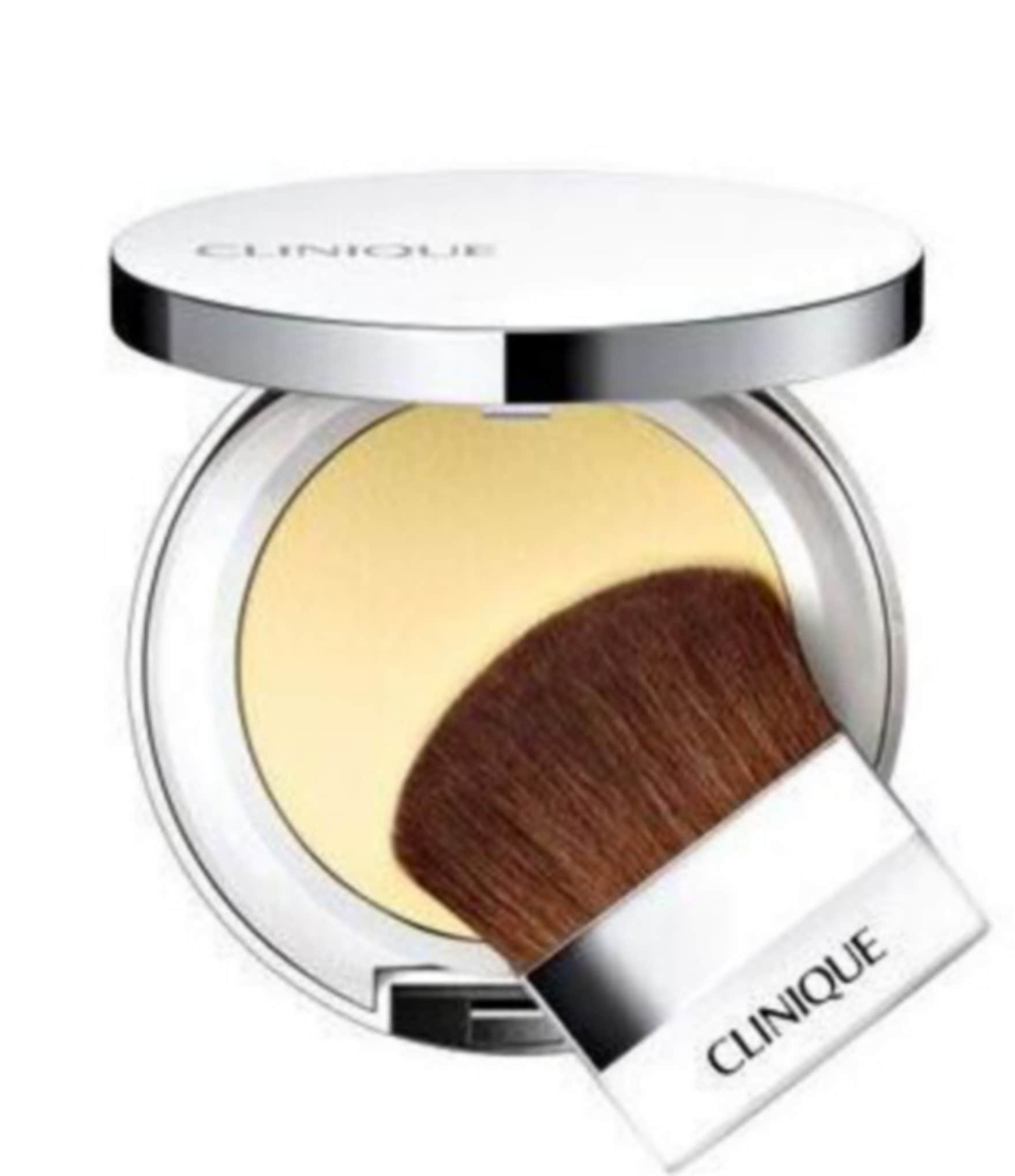Tartar Remover: Easy Dental Care At Home
The importance of maintaining good oral hygiene cannot be overstated, with one of the key aspects being the removal of tartar, also known as dental calculus. Tartar is a hardened deposit that can form on teeth, both above and below the gum line, and if left unchecked, can lead to a variety of dental issues, including gingivitis, periodontitis, and even tooth loss. While regular dental cleanings are essential, there are also steps you can take at home to help remove tartar and maintain a healthy, beautiful smile.
Understanding Tartar Formation
To effectively tackle tartar, it’s crucial to understand how it forms. Tartar is essentially a buildup of plaque, a sticky film of bacteria, that hasn’t been removed through regular brushing and flossing. Over time, this plaque hardens into tartar, which cannot be removed by brushing alone. Factors such as poor oral hygiene, smoking, and a diet high in sugars and acids can accelerate tartar formation.
Home Remedies for Tartar Removal
While professional dental cleaning is the most effective way to remove tartar, especially from areas below the gum line, there are some home remedies and practices that can help control tartar buildup and remove it from the surfaces of the teeth:
Brushing with Baking Soda: Baking soda is a mild abrasive that can help remove plaque and surface stains from teeth. Mixing baking soda with water to form a paste and brushing with it once or twice a week can be beneficial. However, it’s essential to avoid overusing baking soda, as it can wear away tooth enamel.
Hydrogen Peroxide Mouthwash: Hydrogen peroxide, when used as a mouthwash, can help loosen and remove tartar. It’s a strong antibacterial agent that can also help reduce gum inflammation. Dilute the hydrogen peroxide with water before use, as undiluted hydrogen peroxide can be too harsh on the gums and tooth enamel.
Oil Pulling: This ancient practice involves swishing oil (such as coconut, sesame, or sunflower oil) in the mouth for several minutes to help reduce bacteria and plaque. While its effectiveness in tartar removal is not as well-documented as other methods, oil pulling can be a useful addition to a regular oral hygiene routine.
Dietary Changes: Eating a balanced diet low in sugars and acids can help reduce the formation of plaque and tartar. Crunchy fruits and vegetables can help clean teeth naturally, and drinking plenty of water helps keep the mouth moist and facilitates the removal of food particles.
Electric Toothbrushes and Tartar Control
Using an electric toothbrush can be more effective than a manual brush in removing plaque and tartar from the teeth. These brushes often come with specific settings for plaque control and can provide a deeper clean, especially in areas that are hard to reach with a manual toothbrush.
Professional Dental Care
While home care is crucial, professional dental cleanings are indispensable for removing tartar, especially from below the gum line where it’s not accessible with regular brushing and flossing. Regular check-ups with your dentist can help identify any oral health issues early on, preventing more serious problems from developing.
Maintaining Oral Health
Beyond tartar removal, maintaining overall oral health involves a combination of good hygiene practices, a healthy diet, and regular dental check-ups. Here are some key strategies:
- Regular Brushing and Flossing: Brush your teeth at least twice a day and floss once a day to remove plaque and prevent tartar buildup.
- Mouthwash Use: Using a mouthwash can provide additional protection against plaque and gum disease.
- Limit Sugary and Acidic Foods: These foods contribute to plaque formation and tooth decay.
- Don’t Smoke: Smoking is a significant risk factor for tartar buildup and gum disease.
Advanced Tools for Tartar Removal at Home
For those looking for more advanced tools to manage tartar at home, there are electric tartar removers and water flossers that can be very effective. These devices can provide a deeper clean than manual brushing and flossing, helping to remove plaque and tartar from areas that are difficult to reach.
Conclusion
Maintaining good oral hygiene is a multi-faceted approach that involves regular home care, healthy lifestyle choices, and professional dental cleanings. While there are several home remedies and tools that can help remove tartar and prevent its buildup, it’s essential to remember that professional dental care is critical for comprehensive oral health. By combining these strategies, individuals can enjoy a healthier, more beautiful smile and reduce the risk of dental problems.
What are the signs of tartar buildup?
+Signs of tartar buildup include yellow or brown deposits on the teeth, both above and below the gum line, bad breath, and a rough feeling on the teeth when running your tongue over them. If tartar buildup is significant, it can also lead to gum inflammation, bleeding, and sensitivity.
How often should I visit the dentist for tartar removal?
+The frequency of dental visits for tartar removal depends on individual oral health needs. Generally, it’s recommended to have a professional dental cleaning every six months. However, if you have a history of oral health issues or are at high risk for tartar buildup, your dentist may recommend more frequent cleanings.
Can tartar removal at home completely replace professional dental cleanings?
+No, while home care is essential for maintaining oral health and can help control tartar buildup, it cannot completely replace professional dental cleanings. Professional cleanings are necessary for removing tartar from areas below the gum line and for early detection of oral health issues.


